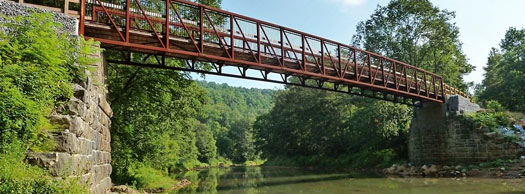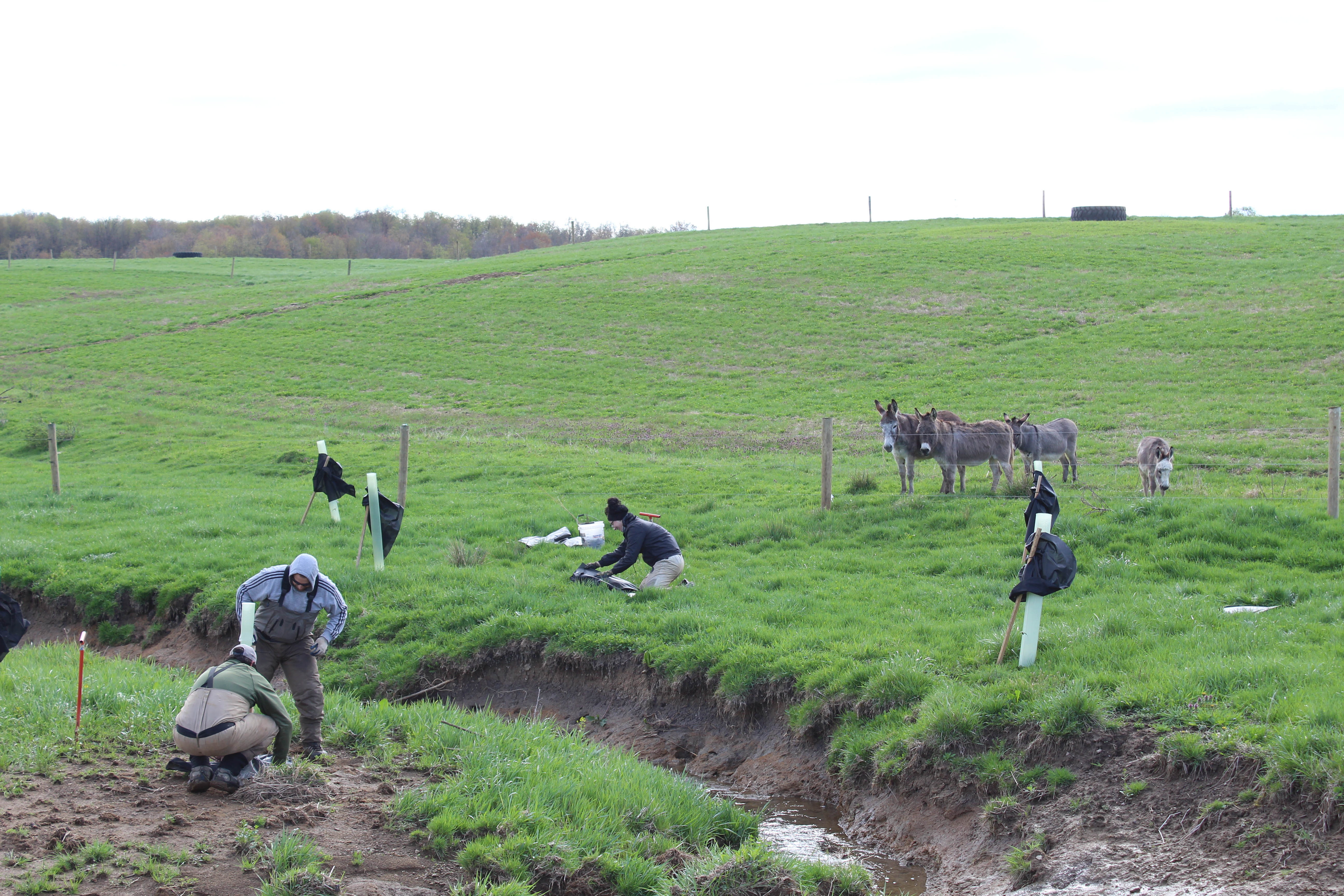Riparian Zone Restoration
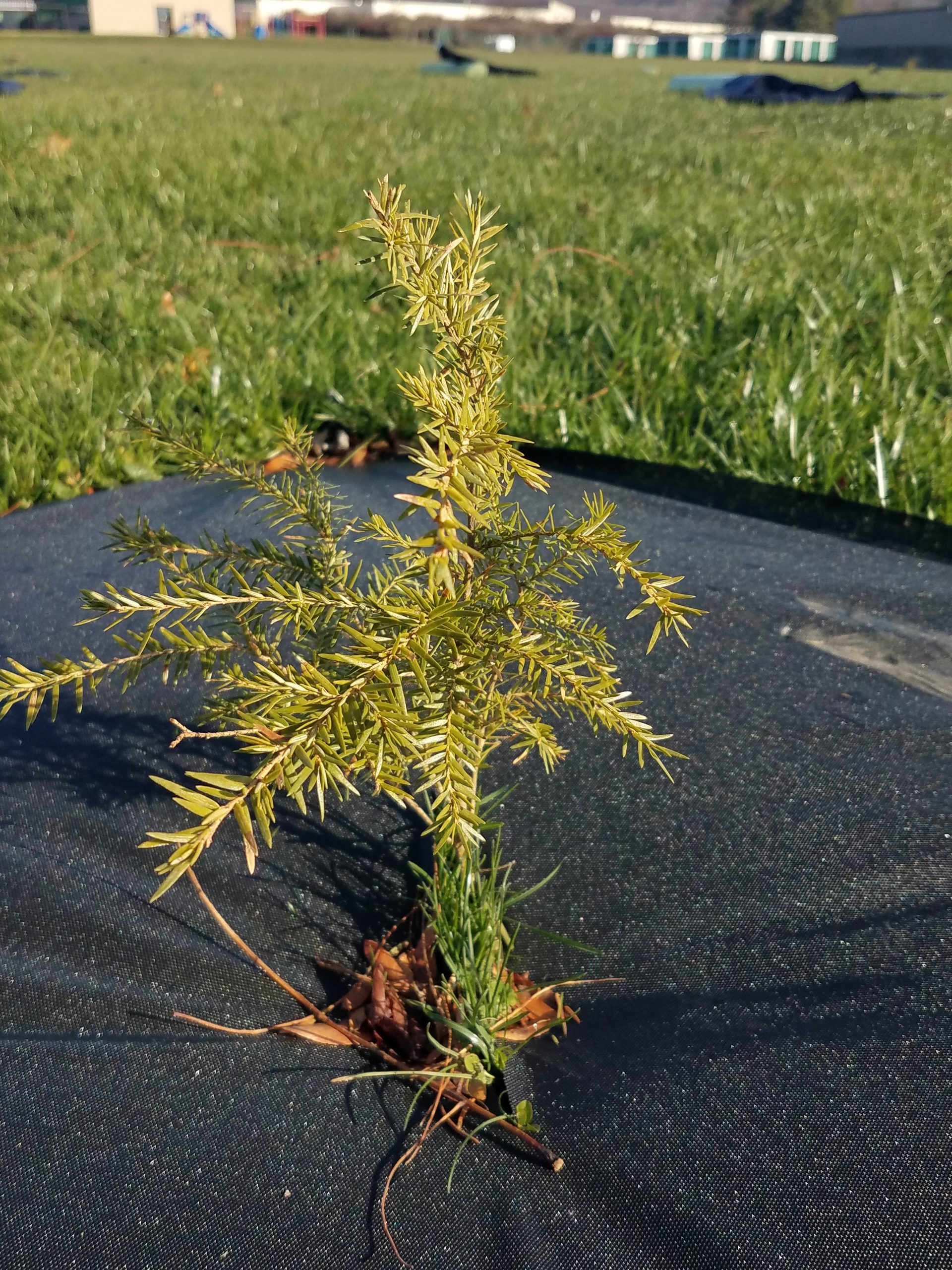
2020 Plantings
3400
Trees Planted
11
Acres Planted
What Are Riparian Zones?
An ideal Riparian Buffer Zones (RBZs) is the area running alongside a river, stream, creek or lake where native plants and trees are growing.
These strips of vegetation act like natural sponges, soaking up water as it runs off the land, and slowly releasing the water back into the stream.
RBZs help improve water quality of both surface runoff and stormwater. The meandering curves of a river, combined with bordering vegetation and root systems act together to slow the flow of water, reducing soil
erosion and flood damage.
RBZs are always present along a waterway, however they may not always be in the best condition. Bare soil or even clipped lawns do little to protect the stream bank or provide habitat. Without vegetation with strong
roots to hold soil in place the flowing water will eat away at the stream bank, not only causing water quality issues, but also removing land and affecting property value.
2020 Riparian Plantings
Signage & Education
Bags to Benches
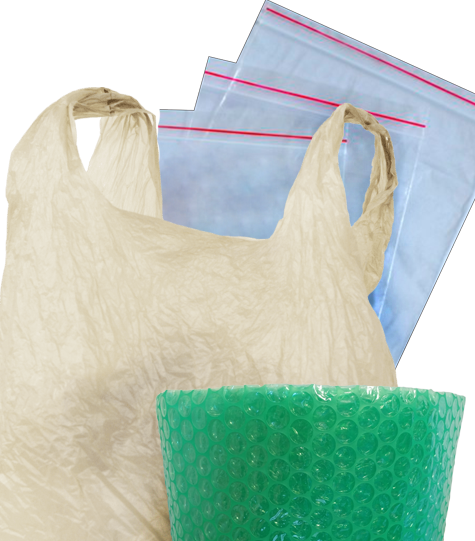
What is "Bags to Benches"?
Evergreen Conservancy and the League of Women Voters of Indiana County (LWVIC) Environmental Issues Committee have worked over the last 2 years to trade wasted plastic bags for community benches. Working with Trex they have set out to collect thin plastics that are not recycled locally. For every 500 pounds of plastic bags or 40,500 individual bags collected, Trex will ship a composite bench to our community.
Collected So Far
This far, Evergreen Conservancy and LWVIC have earned 4 benches and are working on the 5th which have been donated to Chevy Chase Community Center, the Indiana YMCA, and the new Indiana County Conservation District building. They hope to place their next bench at the Community Garden. They have collected over 3 thousand pounds of plastic thus far which would have otherwise gone to a landfill.
Drop Off Locations
Currently, bags can be delivered to YMCA, the White Twp. Recreation Complex/ S&T Arena or contact Evergreen Conservancy .
What Can Be Donated
Plastic shopping bags, newspaper sleeves, Ziploc bags, bread bags, case overwrap, dry cleaning bags, ice bags, wood pellet bags, produce bags, bubble wrap, salt bags, and cereal bags can all be donated! We cannot take 6 pack rings, bags that have metallic insides or ones that sound really crinkly when crushed. or any hard plastic.
How Can I start Collecting?
Trex conducts the recycling program for community organizations, and accepts periodic shipments of bags, but requires project coordinators from those communities to complete the collection in six months. You can find more information on their program
by clicking here.
by clicking here.
About Us
Note: The information here is a work in progress. If you have any suggestions or want to join our groups please contact us!
The purpose of the Environmental Restoration & Stewardship Focus Group is to promote environmentally sustainable practices through education and partnership. Through community engagement, we have identified several challenges we wish to address in the county:
1. There is a need to shift public attitudes toward environmental stewardship and to attract environmentally friendly focused businesses to Indiana County.
2. In Indiana County, it is important to preserve open spaces and farmland. In addition, there is a need to redevelop sites with existing infrastructure and connections to communities (for example, locating new county facilities at the Indiana Mall).
3. It will be important for Indiana County to create riparian (river bank) buffer zones and green corridors/zones. These zones help to protect and improve water quality, help endangered species, create wildlife corridors, and control erosion and reduce sedimentation. Stormwater management is another important topic for Indiana County. It will help to decrease or eliminate flooding, as well as protect water, land, and property. A final important topic is establishing the importance of recycling. Recycling will help to reduce waste and conserve resources.
Current Priorities
Riparian Zone Restoration
Promote and organize greenway and riparian zone restoration and enhancement efforts.
Citizen Education
An education effort addressing greenways and riparian buffer zones.
Defining Environmental Restoration & Stewardship
Environmental Restoration is the practice of renewing and restoring degraded, damaged, or destroyed ecosystems and habitats in the environment by active human intervention and action.
Environmental Stewardship refers to responsible use and protection of the natural environment through conservation and sustainable practices.
Featured Project: Live Stake Nursery at Getty Heights Park
On the rainy day of October 16, 2021, about a dozen members of the local Master Watershed Stewards group got together at Getty Heights Park in White Township to plant a Live Stake Nursery. The Nursery includes 6 different varieties of trees and shrubs and totals 90 plants.
The Live Stake Nursery will grow trees for the purpose of harvesting stem cuttings during the trees’ dormant season (before the trees bud out in the spring). These stem cuttings will then be planted along stream banks. These cuttings, referred to as "live stakes," will eventually grow into new trees and are an easy way to establish a root network in the stream banks and help prevent further soil erosion.
The Live Stake Nursery will grow trees for the purpose of harvesting stem cuttings during the trees’ dormant season (before the trees bud out in the spring). These stem cuttings will then be planted along stream banks. These cuttings, referred to as "live stakes," will eventually grow into new trees and are an easy way to establish a root network in the stream banks and help prevent further soil erosion.
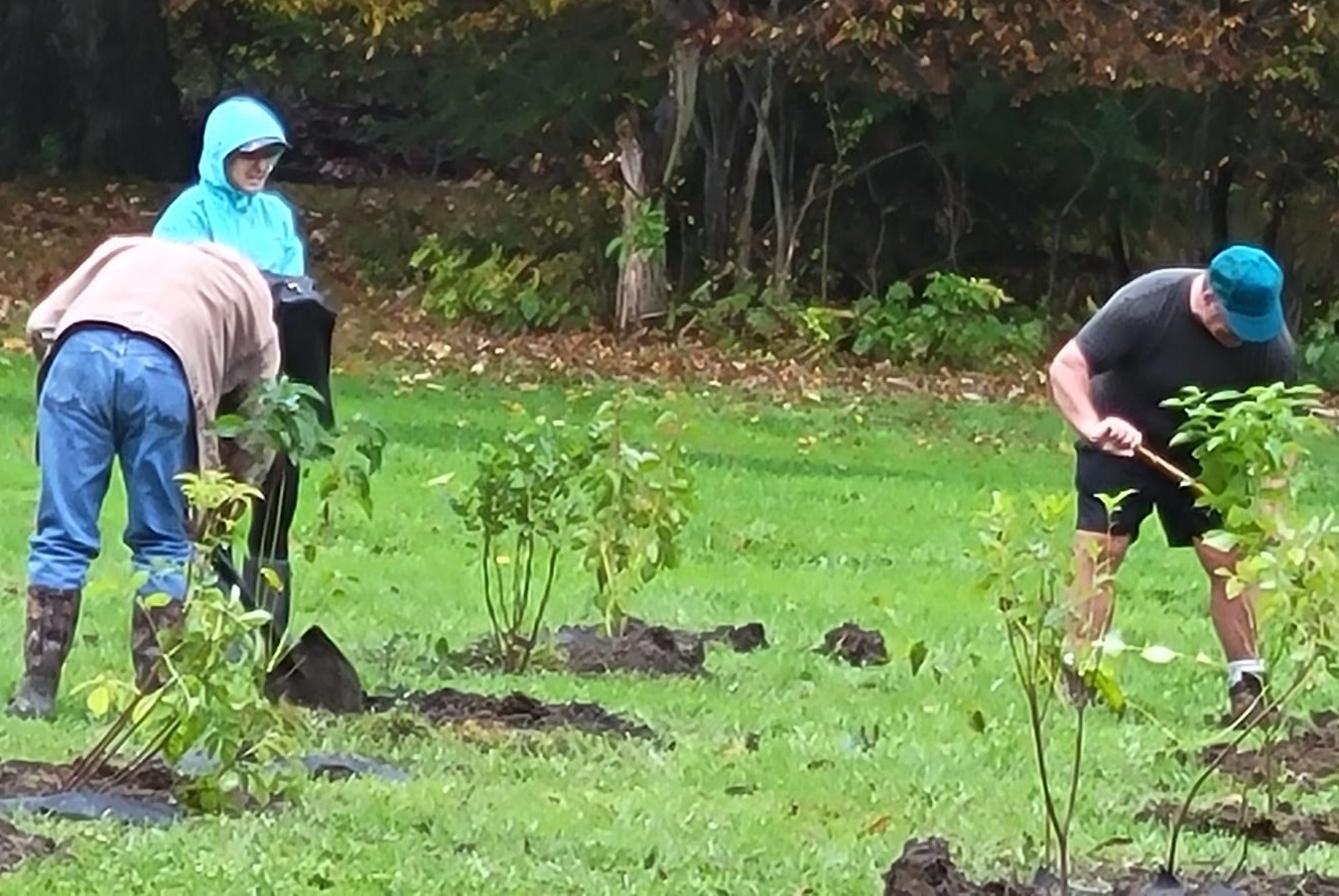
The Live Stake Nursery will be a source of live stakes for future riparian buffer zone plantings in Indiana County, and will lower costs associated with buying trees for local riparian restoration projects.




